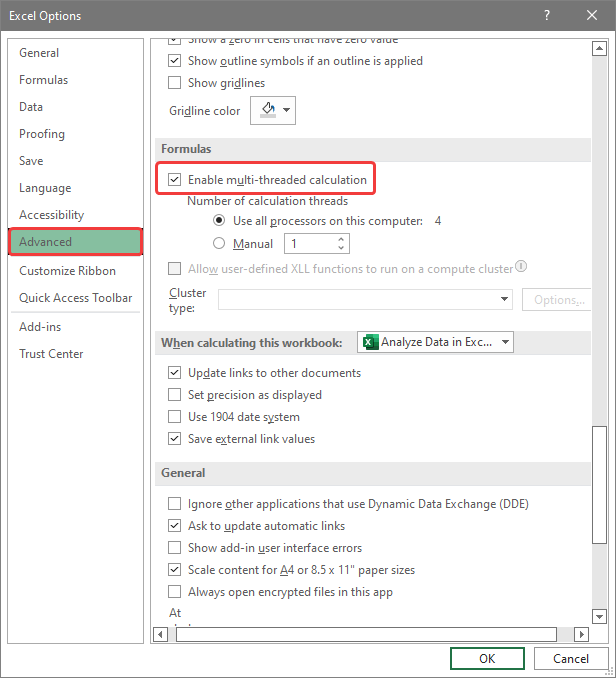How to Easily Add Entries on Separate Sheets in Excel

Working with Microsoft Excel often involves managing data across multiple sheets within a single workbook. This can be useful for separating different categories or sets of data, making it easier to organize and analyze. In this post, we'll explore how to efficiently add entries to separate sheets in Excel, ensuring your data management remains structured and straightforward.
Understanding Excel Workbooks and Sheets

Before diving into the process, it’s crucial to understand the basic structure of Excel:
- Workbook: The Excel file you work with, which can contain multiple sheets.
- Sheet: A single tab in the workbook, where you input and manage your data.
🔍 Note: A workbook can have up to 255 sheets, but remember that managing many sheets can become cumbersome.

Navigating to Different Sheets

To work with different sheets:
- Click on the sheet tab at the bottom of the Excel window to switch to a different sheet.
- Right-click for additional options like rename, insert, delete, etc.
Moving between sheets is as simple as a single click, but managing these sheets can be where efficiency really matters.
Adding Entries to Different Sheets

Here’s how you can add data to separate sheets:
1. Manual Entry

- Switch to the desired sheet by clicking on its tab.
- Click on the cell where you want to start your entry.
- Begin typing or paste your data into the cells.
👆 Note: This method works well for small datasets or if you’re occasionally adding entries.
2. Using Formulas

To automate adding entries, you might consider using formulas:
- Suppose Sheet1 contains your main data, and you want to list all entries starting with ‘A’ in Sheet2:
| Formula | Explanation |
|---|---|
| =IF(LEFT(Sheet1!A2,1)=“A”,Sheet1!A2,“”) | If the first character of cell A2 in Sheet1 is ‘A’, then the formula will replicate the content of that cell in Sheet2. |
| =IFERROR(INDEX(Sheet1!A2:A100, MATCH(“A*”, Sheet1!A2:A100, 0)), “”) | This more complex formula looks for all entries starting with ‘A’ from a range and lists them in a column. |

Drag these formulas down the column to apply to multiple cells.
📝 Note: Remember to adjust the cell references based on your specific data layout.
3. With VBA Macros

For even more automation, VBA can help:
- Open the VBA Editor with Alt + F11.
- Create a new module and insert code like:
Sub AddEntryToSheets() Dim LastRow As Long, i As Long Dim ws As Worksheet, wsMain As Worksheet Set wsMain = ThisWorkbook.Sheets(“Sheet1”) LastRow = wsMain.Cells(wsMain.Rows.Count, 1).End(xlUp).RowFor i = 2 To LastRow 'Assuming headers are in Row 1 If Left(wsMain.Cells(i, 1).Value, 1) = "A" Then Set ws = ThisWorkbook.Sheets("Sheet2") ElseIf Left(wsMain.Cells(i, 1).Value, 1) = "B" Then Set ws = ThisWorkbook.Sheets("Sheet3") End If ws.Cells(ws.Rows.Count, 1).End(xlUp).Offset(1, 0).Value = wsMain.Cells(i, 1).Value Next i
End Sub
🧑💻 Note: VBA macros require enabling macro settings in Excel.
In wrapping up this post, adding entries to separate sheets in Excel can significantly improve the organization of your data. Whether through manual entry, formulas, or VBA, each method offers its advantages. By choosing the right approach, you can streamline your workflow, making data management more efficient and less error-prone.
The key to mastering Excel is understanding its versatility. Manual entry is straightforward for small datasets, formulas provide automation for larger ones, and VBA macros offer advanced control over data distribution. Remember, the more you understand about your data and Excel’s capabilities, the more tailored your solutions can be.
What are the advantages of using multiple sheets in Excel?

+
Using multiple sheets allows for better data organization, reduces clutter, and makes it easier to manage and analyze data by separating different categories or data sets.
Can I use formulas to update data across sheets automatically?

+
Yes, formulas like =IF(), =INDEX(), and =MATCH() can be used to automatically pull and update data from one sheet to another based on specific criteria.
How secure are VBA macros for Excel?

+
VBA macros are secure as long as they are written by trusted sources or verified by you. Always enable macro settings with caution and keep your antivirus software up-to-date.



